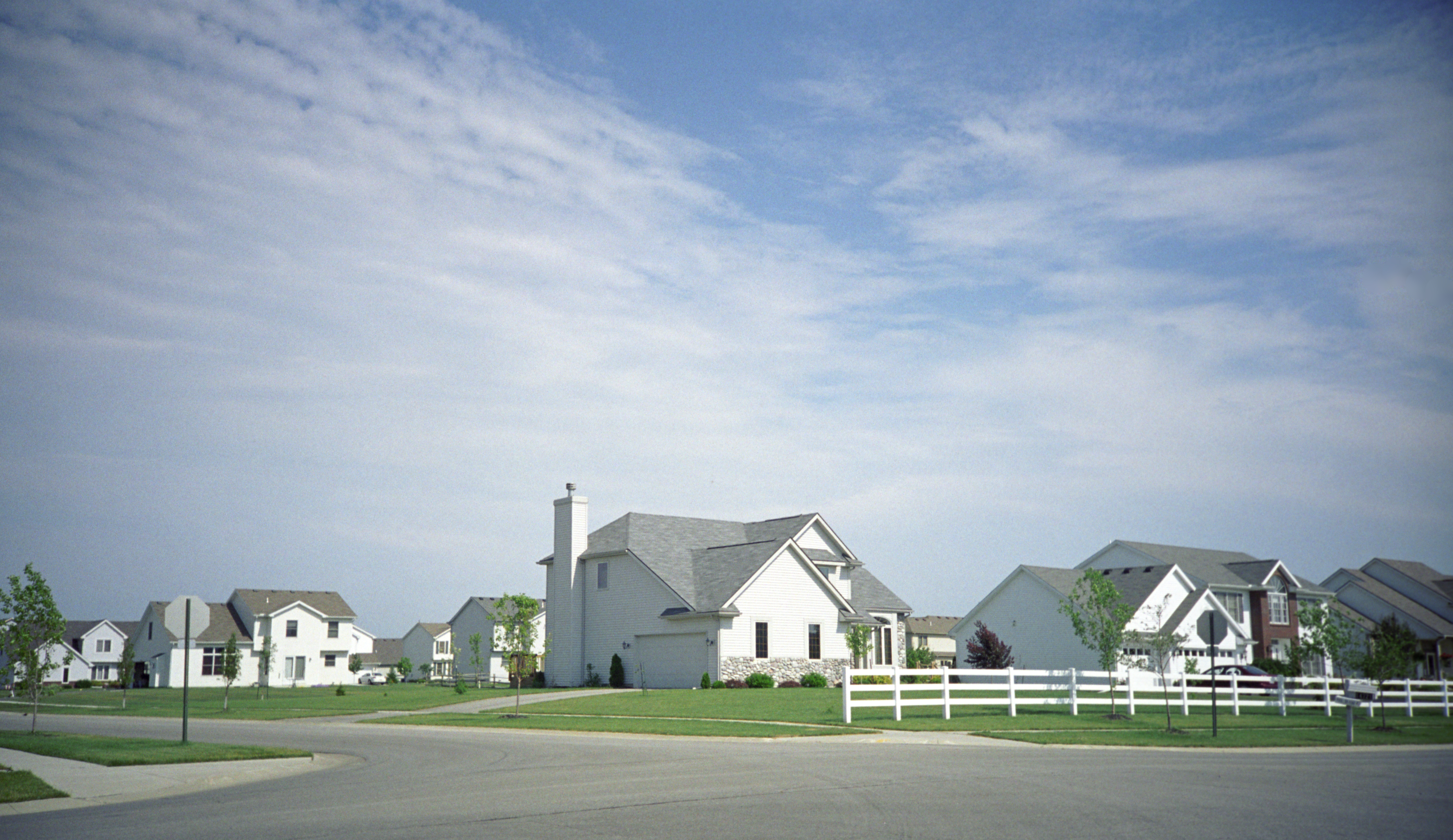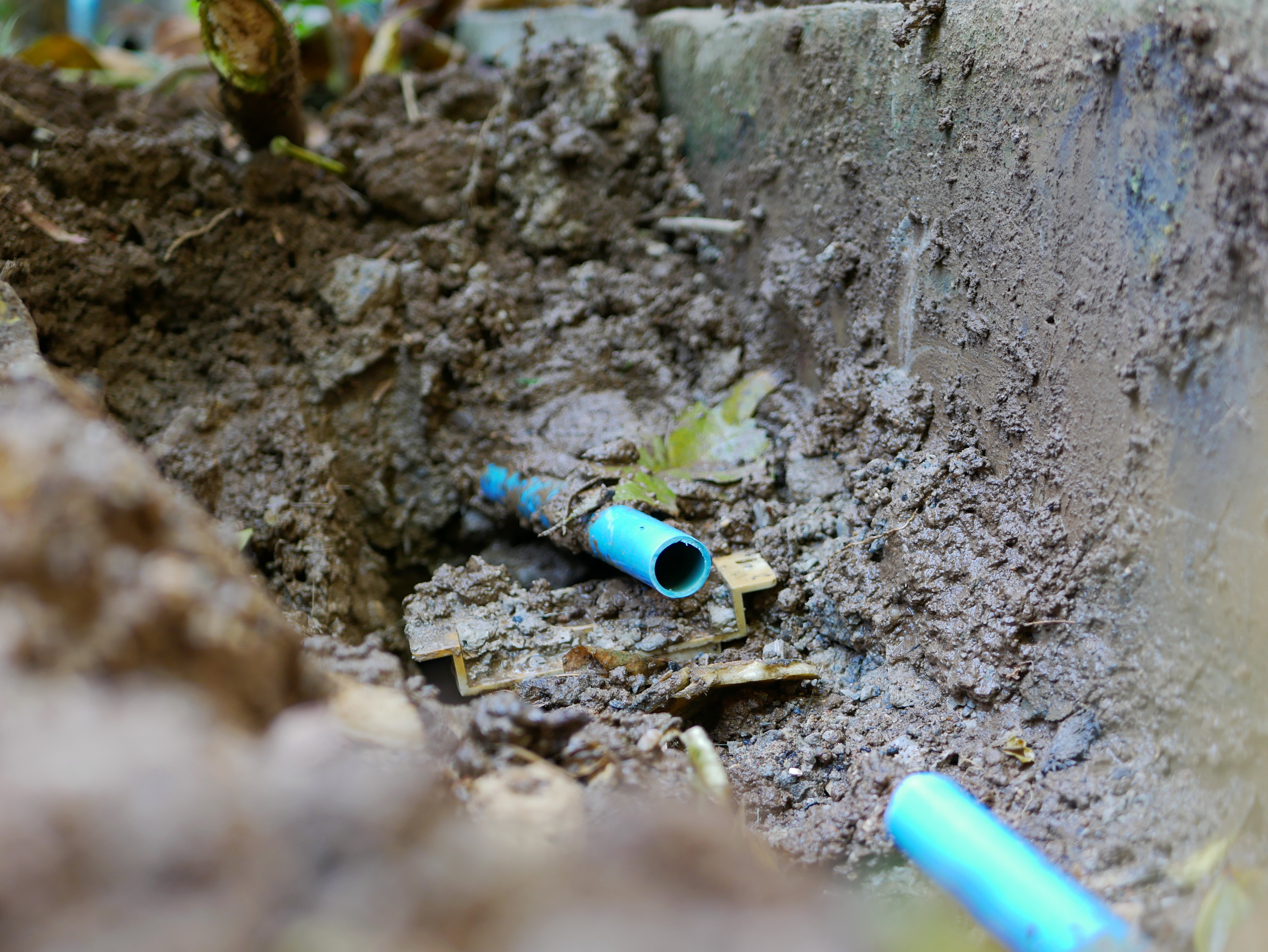
Discover the leading factors affecting your main water line replacement cost in Columbus, including length, material selection, and installation details.
Main water line repair costs in San Francisco average $1,293, with most homeowners spending between$705 and $1,955. Costs vary based on the extent of damage, pipe material, accessibility, and San Francisco's unique terrain and regulations.


Hillside homes in San Francisco face higher repair costs due to challenging terrain and accessibility issues.
Older pipe materials, such as galvanized steel, are common and may require more extensive repairs.
City permits are required for most main water line work in San Francisco, adding to project costs.
Seismic considerations unique to the Bay Area may influence the repair methods and materials used.
Trenchless methods are popular in the Bay Area and can help reduce landscape damage.
Main water line repair costs in San Francisco run about $1,293 on average. As one of the most expensive cities in the United States, San Francisco homeowners may expect this higher-than-usual price. The average cost reflects the city's premium labor rates, challenging terrain, and strict permitting requirements. Costs typically range from $705 to $1,955 for most repairs, though prices can rise up to $2,700 for complex excavations.
The cost to repair a main water line in San Francisco is influenced by the city's unique characteristics, including its steep hills, earthquake-prone geology, and older housing stock. Many homes in neighborhoods such as Nob Hill, Russian Hill, and Twin Peaks require additional labor and specialized equipment due to their challenging access conditions.
The longer or deeper your water line runs, the more labor and materials are required. Most urban homes in San Francisco have shorter runs than suburban properties. However, these pipes often run beneath sidewalks or shared infrastructure, which increases complexity and cost.
| Length of Repair (ft.) | Estimated Cost Range |
|---|---|
| 10–20 ft. | $700–$1,400 |
| 20–40 ft. | $1,400–$2,600 |
The material of the pipe will impact both the method of repair and the total cost. San Francisco's older homes may still have galvanized steel or even clay or lead service lines, which cost more to replace or retrofit.
| Pipe Material | Pros | Cons |
|---|---|---|
| Copper | Long lifespan, corrosion-resistant | Higher cost |
| PVC | Affordable, lightweight | Less durable in earthquake zones |
| HDPE | Flexible, trenchless compatible, ideal for earthquake-prone areas | Less common, requires special equipment |
The repair method you choose can significantly affect your project cost. In San Francisco, trenchless repair (also known as pipe lining or bursting) costs $75 to $150 per linear foot on average. Traditional trenched repair in the city can run from $50 to $250 per linear foot.
While trenchless methods may cost more per foot upfront, they often become more cost-effective in urban settings because they minimize street and landscape disruption and reduce the need for pricey restoration work.
| Repair Method | Upfront Cost (per linear foot) | Restoration Costs | Best Suited For |
|---|---|---|---|
| Trenchless (CIPP & pipe bursting) | $75–150 | Minimal: excavation pits only; preserves landscaping and sidewalks | Historic neighborhoods, mature landscaping, hardscaped yards |
| Traditional (dig & replace) | $50–$250 | Significant: trench backfill, major landscaping, hardscape, concrete restoration | Open yards, undeveloped properties, projects without landscaping concerns |
San Francisco’s varied terrain, which includes everything from sandy coastal areas to bedrock hills, can make excavation a challenging and unpredictable process. Soil conditions, such as compacted clay, may increase equipment and labor costs.
In tight neighborhoods, such as the Mission or Noe Valley, limited access to the street or yard can require hand-digging or costly equipment rentals. Obstructions, such as mature trees or retaining walls, can also increase the cost.
San Francisco’s seismic risk can affect both the choice of materials and the long-term durability of your water line. During an earthquake, older materials, such as clay or galvanized steel, are more likely to crack or fail. That’s why many Bay Area plumbers recommend flexible materials such as HDPE, which are designed to handle ground movement without breaking.
In some cases, switching to earthquake-resistant piping may increase your upfront cost—but it can significantly reduce the risk of future repairs. If you live near known fault lines or in an older neighborhood, consult with your local plumber to determine the best material for your location.
Labor rates for licensed plumbers in San Francisco tend to be higher than the national average due to the city’s elevated cost of living. The national average hourly rate for plumbers is around $100, with a range of $45 to $200. However, you should expect to pay 1.5 to 3 times more for an emergency.
San Francisco’s Department of Building Inspection requires a plumbing permit for any water line work. Expect to pay $205 for a basic single residential plumbing permit. Required inspections for plumbing work cost $280 per hour, and you may also need to purchase additional permits and inspections, such as a San Francisco Public Works excavation permit, along with the cost of any sidewalk or street repairs.

While a water line repair won’t increase your home's curb appeal, it does add functional and long-term value. Replacing damaged lines can:
Prevent costly water damage and mold issues
Improve home inspection results during resale
Reduce your monthly water bills
Increase peace of mind in an earthquake-prone region
Home is the most important place on earth, which is why Angi has helped more than 150 million homeowners transform their houses into homes they adore. To help homeowners with their next project, Angi provides readers with the most accurate cost data and upholds strict editorial standards. We survey real Angi customers about their project costs to develop the pricing data you see, so you can make the best decisions for you and your home. We pair this data with research from reputable sources, including the U.S. Bureau of Labor Statistics, academic journals, market studies, and interviews with industry experts—all to ensure our prices reflect real-world projects.
Want to help us improve our cost data? Send us a recent project quote to [email protected]. Quotes and personal information will not be shared publicly.
From average costs to expert advice, get all the answers you need to get your job done.

Discover the leading factors affecting your main water line replacement cost in Columbus, including length, material selection, and installation details.

Whether you’re changing your home’s floor plan in a remodel or just replacing old, worn-out plumbing, this guide will help you estimate the cost of repiping a house.

Learn how much plumbers cost in Columbus, Ohio. Discover pricing for faucet repairs, pipe work, and emergency services, plus how you can save money.

Pressure-assist toilets use pressurized air and water to whisk waste away, but you might think twice about purchasing one due to pressure-assist toilet problems.

Learn how to cut PVC pipe with ease and efficiency. Our guide will show you how to tackle your PVC pipe project like a pro.

Winter can be particularly harsh on your plumbing—from water heater issues to frozen pipes. As the weather gets chilly, use these tips to prepare your home and avoid a costly winter plumbing leak.